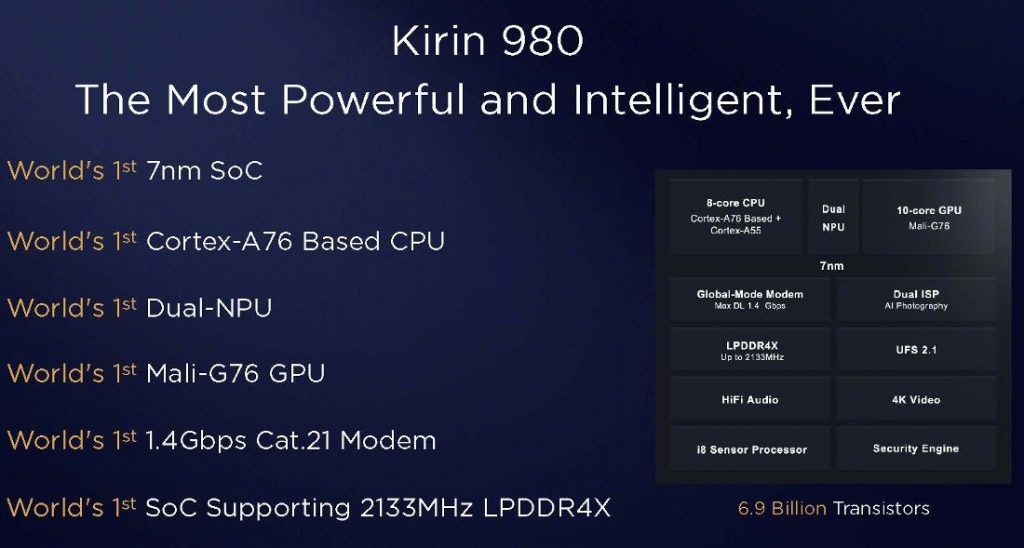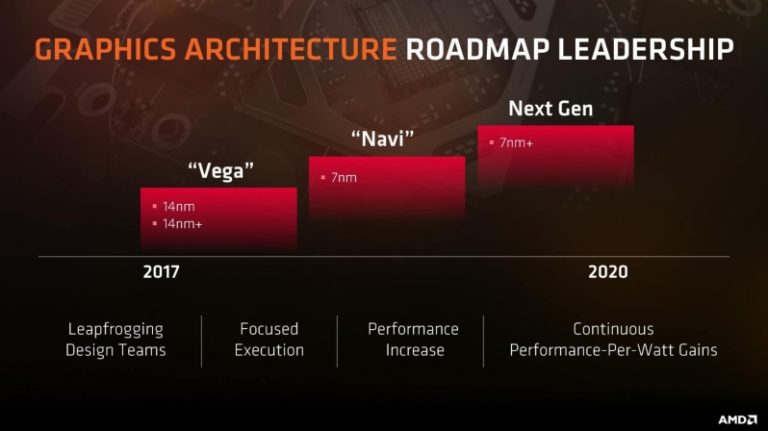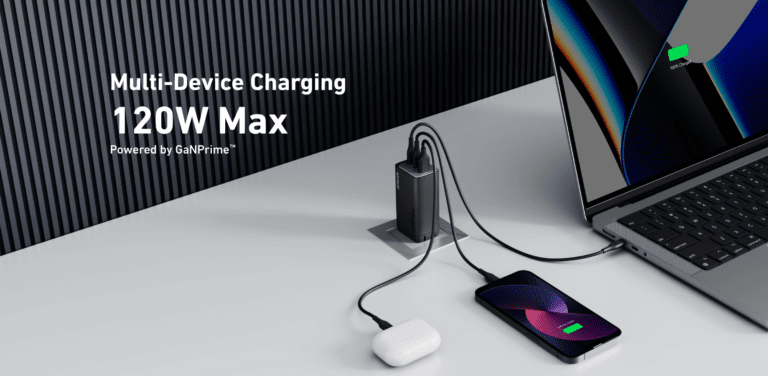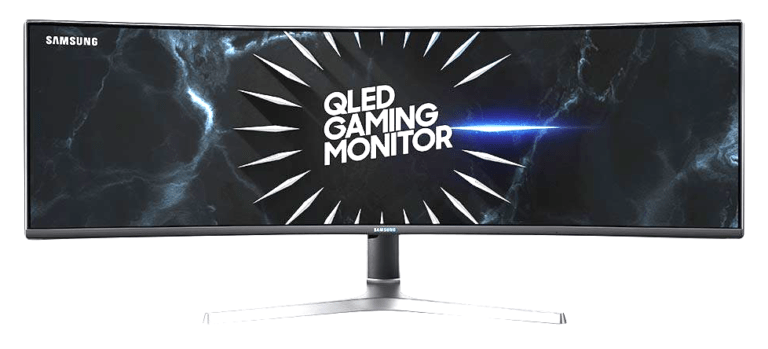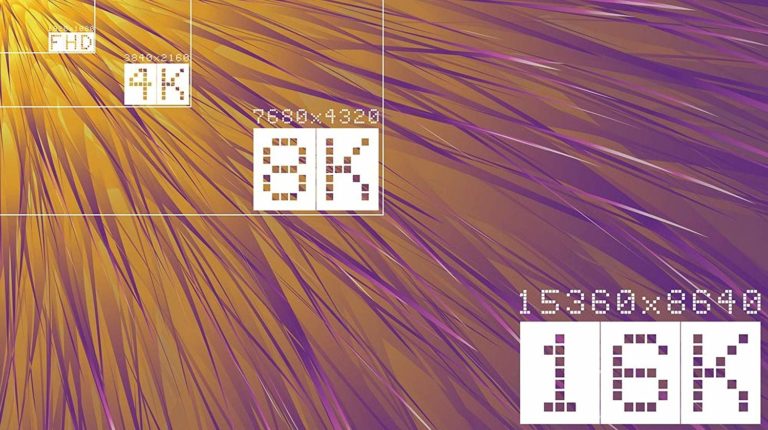Any links to online stores should be assumed to be affiliates. The company or PR agency provides all or most review samples. They have no control over my content, and I provide my honest opinion.
I previously compared the three flagship system on chips from Huawei, Qualcomm and Samsung against each other and at the time, on paper, the Kirin 970 was fractionally behind the other 2 SoCs, which was due to the Kirin 970 being announced 6 months prior.
Now the tables have turned and the HiSilicon Kirin 980 is the newest chip to hit the market with the Snapdragon 845 and Exynos 9810 being 6 months out of date.
During the Huawei keynote at IFA, they made many comparisons to the Snapdragon 845 showing how it was better in every way. One graph even summarised how the 980 beat the 845 in every category possible. The below graph actually indicates that the 845 beat the 980 in the GPU benchmark but this was before Huawei added the GPU boost differences.
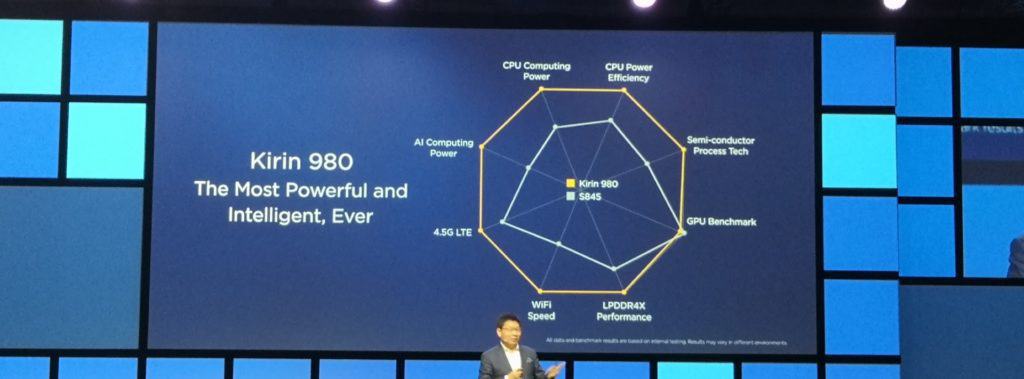
At the moment we only know the basic specification of the HiSilicon Kirin 980 so benchmarks and more granular specs are not available yet.
The main comparisons that are worth noting are the 980 is the first chip to use the 7nm process, which means a 60% more transistors int he same size footprint. This logically means it can run faster, cooler and more power efficient than larger processes.
The CPU adopts a new structure, rather than four big, four little, it uses two big, two medium, and four little with all of them being based on the Cortex-A76 which is the first SoC on the market to use this. The clock speeds are a little lower than the Exynos M3 and Kryo 385 but we only need to look at older AMD and Intel chips to understand that clock speed does not necessarily mean a better CPU. A comparison in geekbench scores carried out by Arm between the A76 and A75 shows a 35% improvement or an 80% improvement compared to the A73 found on the Kirin 970. Though it is worth noting the clock speeds used in this test don’t match up with the speeds found in either the 970 or 980.
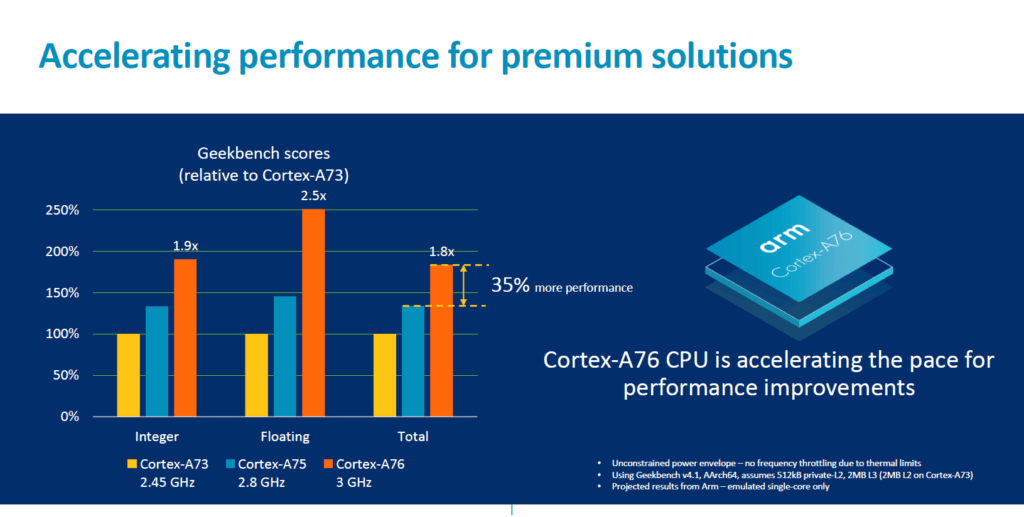
The Snapdragon doesn’t use a Mali-based GPU but the Exynos does and that uses the older G72 while the Kirin 980 uses the G76. While Huawei did many of its comparisons to the Snapdragon 845, if we look at the generational improvement from the Mali-G72 to the G76, there is a 30% improvement in performance and battery efficiency while also achieving a 2.7x improvement in machine learning. 
Another key performance indicator is the speed of the LPDDR4 RAM with the Kirin 980 running 13% faster than the memory found in the Snapdragon 845.
Once the Huawei Mate 20 & Pro are launched we will get some more accurate benchmark results, but as always with a flagship SoC nowadays, it will be so good that most users will barely make the most of it. For your average user the main benefits will be the potential battery improvements, which if true, then combined with the rumoured 4200mAh battery of the Mate 20 we could see some truly amazing battery performance results from the new phones.
| Exynos 9810 | Snapdragon 845 | Kirin 970 | HiSilicon Kirin 980 | |
|---|---|---|---|---|
| Process | 2nd Gen 10nm FinFET | 2nd Gen 10nm FinFET | 10nm FinFET | 7nm |
| CPU Cores | Octa-Core, 64-bit | Octa-Core, 64-bit | Octa-Core, 64-bit | Octa-Core, 64-bit |
| CPU | 4 x 2.9GHz Exynos M3 + 4 x 1.9GHz Cortex-A55 | 4 x 2.8GHz Kryo 385 + 4 x 1.7GHz Kryo 385 | 4x Cortex-A73 @ 2.4GHz + 4x Cortex-A53 @ 1.8GHz | 2x Cortex-A76 @ 2.6GHz 2x Cortex-A76 @ 1.92GHz 4x Cortex-A55 @ 1.8GHz (4MB shared L3 cache) |
| GPU | ARM Mali-G72 MP18 | Adreno 630 | Mali-G71 MP12 | Mali-G76 MP10 |
| Display Resolution | 4K UHD (4096 x 2160) or WQUXGA (3840 x 2400) 60FPS | 4K UHD (4096 x 2160) 60FPS | 4K UHD (4096 x 2160) 60FPS | 4K UHD (4096 x 2160) 60FPS? |
| RAM | LPDDR4X | LPDDR4X Quad-channel 16-bit 1866 MHz | LPDDR4x | LPDDR4X @ 2133MHz |
| Storage | UFS 2.1, & SD 3.0 | UFS 2.1, & SD 3.0 | UFS 2.1 | UFS 2.1? |
| ISP | Dual ISP | Dual ISP | Dual 14-bit ISP | Dual ISP |
| Camera | 24MP Single, 16MP+16MP Dual | 32MP Single, 16MP Dual | 32MP Single, 16MP Dual | ? |
| Video Recording | Up to 4K @ 120FPS | Up to 4K @ 60FPS | Up to 4K @ 60FPS | ? |
| Video Playback & Codecs | MFC, Up to 4K @ 120FPS; 10-bit HEVC (H.265), H.264, VP9 | Up to 4K @ 60FPS; 10bit HDR, H.264 (AVC), H.265 (HEVC), VP9 | 2160p60 HEVC & H.264 Decode 2160p30 Encode HDR10 | ? |
| Audio | Unknown chip with 32bit/384kHz quality | Qualcomm Aqstic, Qualcomm aptX HD with 384kHz/32bit quality | 32-bit @ 384K | ? |
| Modem | LTE Cat. 18 6CA 1.2Gbps Download; LTE Cat. 18 2CA 200 Mbps Upload | X20 LTE Cat. 18 1.2Gbps Download; LTE Cat. 13 150Mbps Upload | Kirin 970 Integrated LTE, (Category 18/13) | LTE Cat 21 1.4Gbps down / 200Mbps up |
| Wi-Fi | Dual-Band Wi-Fi ac/b/g/n with MU-MIMO | Wi-Fi ad, Multi-gigabit Wi-Fi ac/b/g/n with MU-MIMO | Wi-Fi 802.11 a/b/g/n/ac | Hi1103 WiFi chip supports 1732Mbps with Wi-Fi and, Multi-gigabit Wi-Fi ac/b/g/n with MU-MIMO |
| Bluetooth | 5 | 5 | 4.2 | 5 |
| Global Positioning | GPS, GLONASS, BeiDou | GPS, GLONASS, BeiDou, Galileo, QZSS, SBAS | GPS / A-GPS / GLONASS / BDS | Dual frequency GPS / A-GPS / GLONASS / BDS |
| Security | Samsung KNOX, Security Processing Unit, DRAM encryption | Qualcomm Secure Processing Unit, Qualcomm Processor Security, Qualcomm Mobile Security | ? | |
| Charging | Samsung Adaptive Fast Charge, Fast Wireless Charging (Qi & PMA) | Quick Charge 4+ (USB PD Compatible) | SuperCharge 4.5V / 5A low-voltage fast charging | SuperCharge 4.5V / 5A low-voltage fast charging |
I am James, a UK-based tech enthusiast and the Editor and Owner of Mighty Gadget, which I’ve proudly run since 2007. Passionate about all things technology, my expertise spans from computers and networking to mobile, wearables, and smart home devices.
As a fitness fanatic who loves running and cycling, I also have a keen interest in fitness-related technology, and I take every opportunity to cover this niche on my blog. My diverse interests allow me to bring a unique perspective to tech blogging, merging lifestyle, fitness, and the latest tech trends.
In my academic pursuits, I earned a BSc in Information Systems Design from UCLAN, before advancing my learning with a Master’s Degree in Computing. This advanced study also included Cisco CCNA accreditation, further demonstrating my commitment to understanding and staying ahead of the technology curve.
I’m proud to share that Vuelio has consistently ranked Mighty Gadget as one of the top technology blogs in the UK. With my dedication to technology and drive to share my insights, I aim to continue providing my readers with engaging and informative content.

